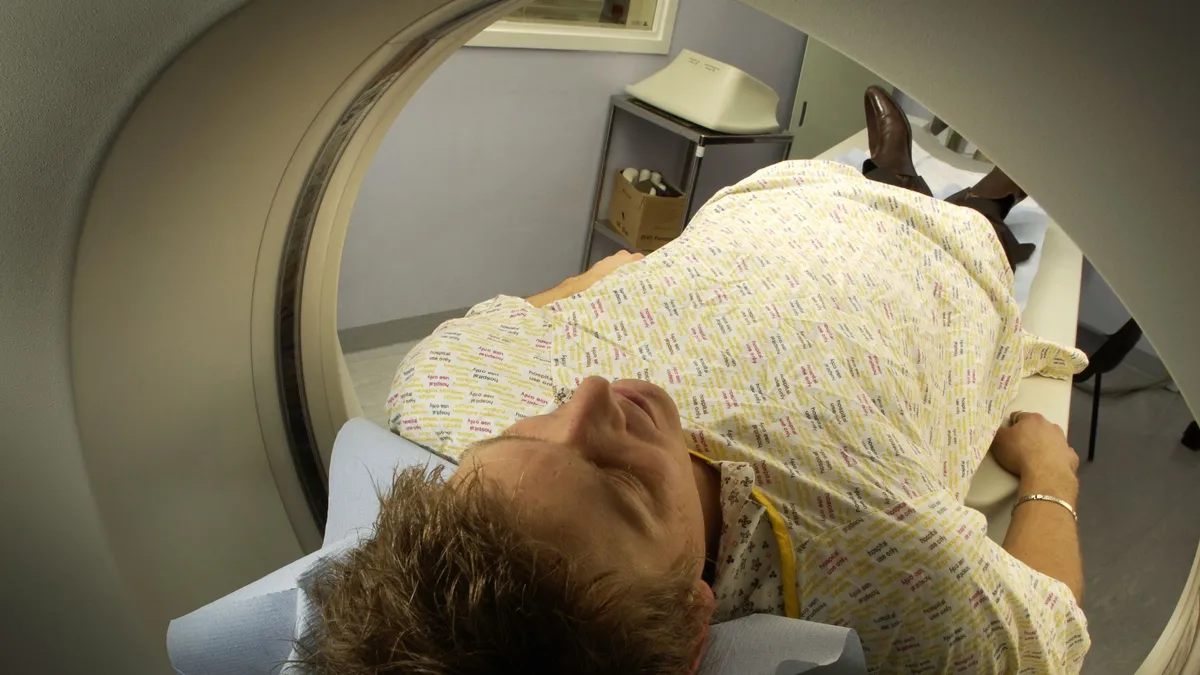
CT scans, or computed tomography scans, have long been recognized as a valuable tool in diagnosing a variety of illnesses and complications. However, recent research indicates that these scans could be responsible for approximately 5% of all cancers diagnosed in the U.S. each year. This startling statistic aligns CT scans with some of the most notorious causes of cancer, such as cigarette smoking, obesity, and alcohol consumption.
A recent study published in JAMA Internal Medicine and led by Dr. Rebecca Smith-Bindman, an epidemiology professor at UC San Francisco, analyzed data from hospitals across 20 states. The research examined 93 million CT scans performed on 61.5 million patients nationwide in 2023. The findings revealed that around 103,000 cancer diagnoses, which represent about 5% of all cancers in the United States, could potentially be linked to CT scans.
Dr. Smith-Bindman emphasized the importance of recognizing both the benefits and harms associated with medical imaging. “Medical imaging has potential benefits,” she stated, “but it has potential harms as well, and it’s really important to balance them.” One significant concern is that the use of CT scans has surged by 35% since 2007, leading researchers to classify many of these scans as “low-value” and ineffective in diagnosing specific problems.
The radiation emitted during a CT scan has long been acknowledged as harmful, and the amount of radiation can vary significantly between facilities. In some cases, one location may emit up to 50 times more radiation than another while performing the same procedure. “There’s nothing you can do about radiation that you’ve been exposed to already. But you want to limit future exposure to cases when you really need it,” Dr. Smith-Bindman explained in an interview with NPR.
Following the release of the study, the American College of Radiology issued a statement clarifying that the findings were based on statistical modeling rather than actual patient outcomes. At present, there are no published studies that directly establish a causal link between CT scans and cancer. Nevertheless, the implications of this research are significant.
What measures can individuals take to mitigate the risks associated with CT scans? Dr. Smith-Bindman suggests that one effective approach would be to eliminate the use of “low-value” scans. Standardizing radiation doses to ensure patients receive the minimum necessary exposure would also be beneficial. “We need patients to ask their doctors, ‘Can you use low dose when you scan me?’” she urged. “It’s crazy that patients have to ask for it, but it’s actually really successful.”
If the study's projections hold true, CT scans could become one of the leading causes of cancer, alongside established risk factors such as cigarette smoking, obesity, and alcohol consumption, which account for 19%, 7.6%, and 5% of cancer cases, respectively. Increased awareness and proactive discussions between patients and healthcare providers can help minimize unnecessary exposure to radiation and promote safer diagnostic practices.